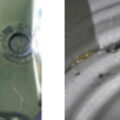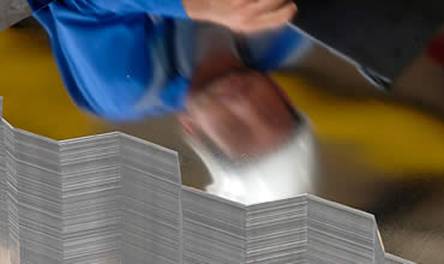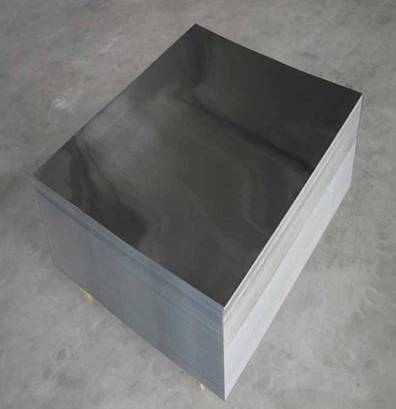Tinplate Passivation: Surface Protection against Oxidation and Sulfidation
Tinplate, a material widely used in the metal packaging industry, requires a surface treatment known as passivation to increase its resistance to oxidation and sulfidation. This process is essential to ensure the integrity of the material and the safety of the packaged product, especially in the case of food.
What is passivation?
Passivation is a treatment applied to the surface of tinplate to form an oxide layer that protects the steel from corrosive processes. The methods for achieving this protective coating can be chemical or electrochemical, and are designed to give the material special characteristics.
Types of Passivation Solutions
The classification of passivation types is done by means of a coding system that indicates the solution used, the polarity in the solution and the level of current used. For example:
- Passivation 300: It is obtained by a chemical process, by immersion in sodium dichromate solution, generating a chromium oxide layer. It offers good adhesion of the varnish and weak protection against sulfidation, although it is unstable and its effectiveness is reduced with time.
- Passivation 311: This is the most widely used and is obtained by an electrochemical process. A layer of chromium and chromium oxide is electrolytically deposited in a sodium dichromate bath. This passivation is desirable from a performance point of view.
Functions and Benefits of Passivate
Passivation provides protection against external agents that can damage the tinplate during manufacture or in subsequent operations. In addition, it improves the surface chemically for lithography and varnishing processes, and provides a certain protective hardness.
Protection against sulfidation
Sulfidation is a phenomenon that can cause staining of tinplate, affecting the appearance and potentially the integrity of the container. Passivation, especially type 311 due to its composition, prevents tin sulfide staining. However, for optimum protection against this risk, the varnish plays a crucial role by creating a physical and chemical barrier that protects the product.
Conclusion
Passivation is a critical step in the surface finish of tinplate, providing essential protection against oxidation and sulfidation. The choice of the type of passivation depends on the desired characteristics and the product to be packaged. With proper passivation, tinplate becomes an even more reliable and versatile material for the metal packaging industry, protecting both the contents and the container from the damaging effects of the environment and time.













0 Comments